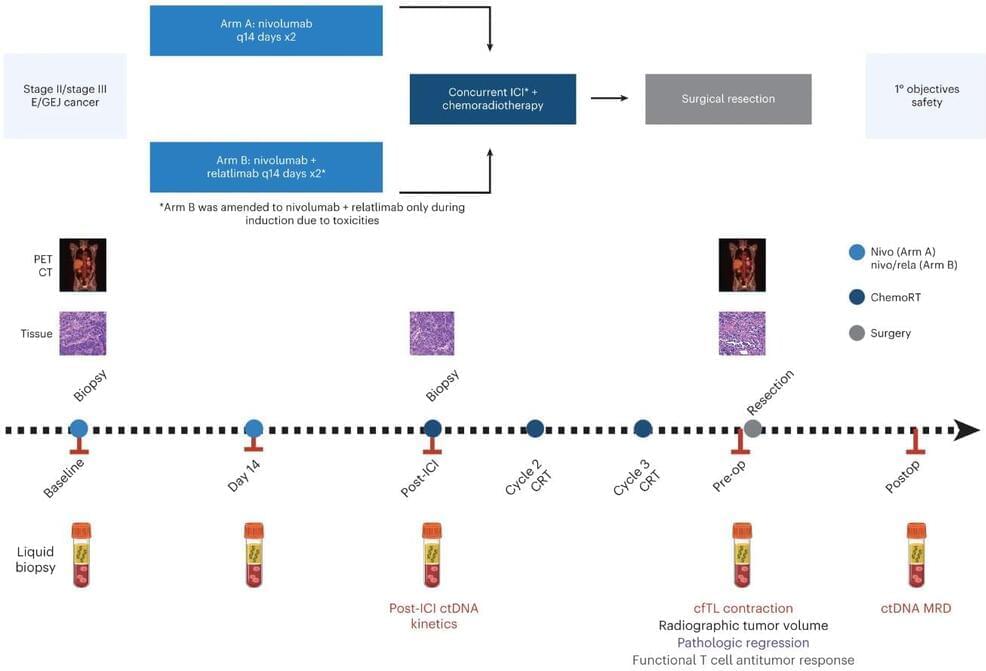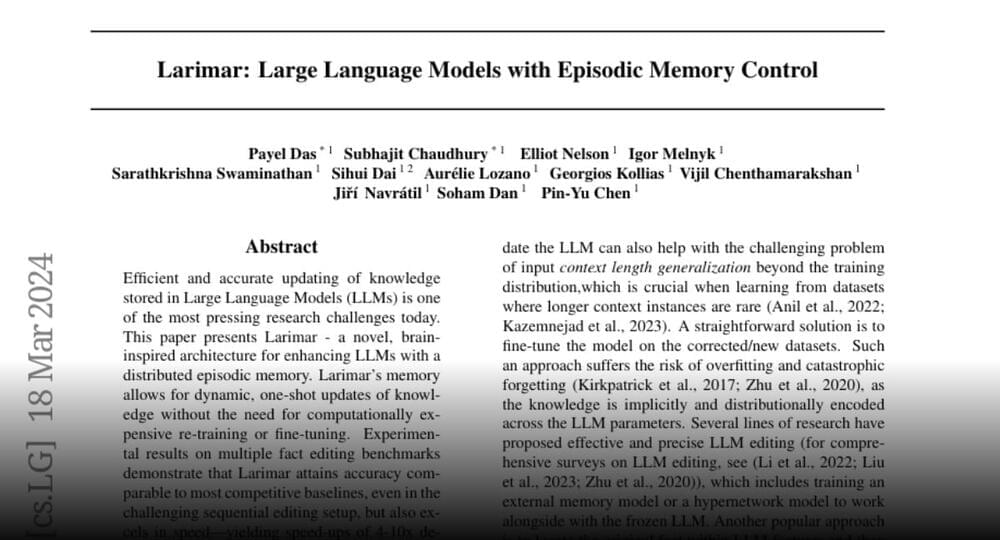The Tesla FSD V12.3 performs well in snowy conditions, demonstrating good acceleration, braking, and handling capabilities, as well as safety features such as pausing at intersections without stop signs.
Questions to inspire discussion.
How does the Tesla FSD V12.3 perform in snowy conditions?
—The Tesla FSD V12.3 performs well in snowy conditions, demonstrating good acceleration, braking, and handling capabilities.





